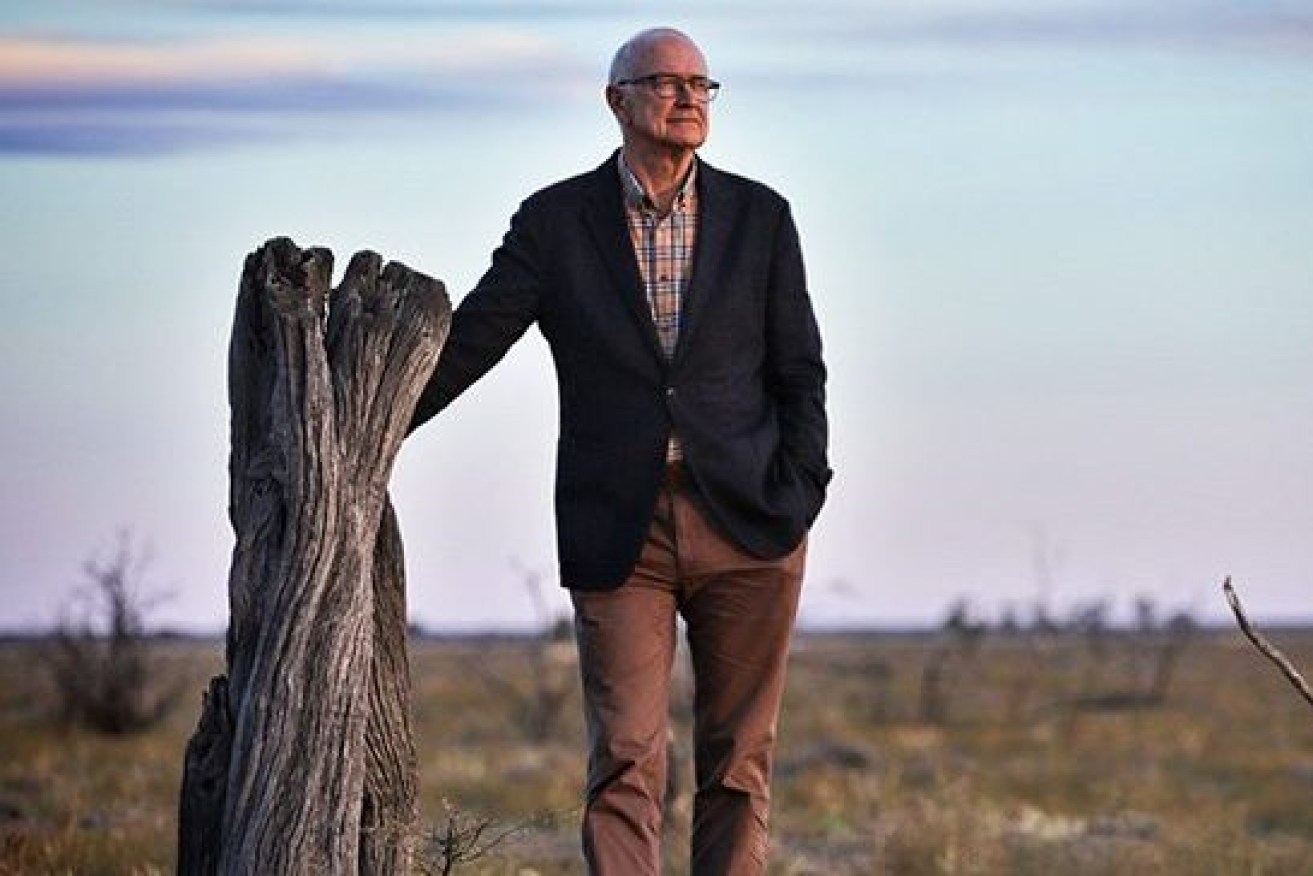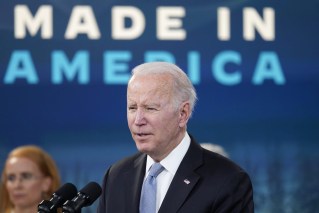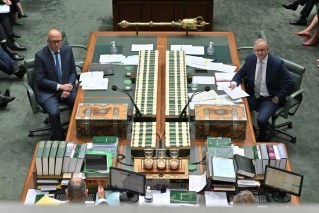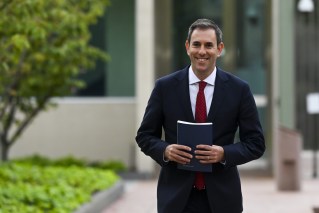Queensland’s last frontier: Why have so many dreams and schemes perished beyond the Great Divide?
Nobody doubts the fortunes that lie beyond Queensland’s Great Dividing Range – so why has so little progress been made over the past century, asks David Fagan


Ross Garnaut believes Australia could help reduce global emissions by almost 10 per cent. (Photo: Australian Renewable Energy Agency).
Outback Queensland holds great promise – always has and, unfortunately, always will while its promoters focus on the big dreams rather than substance of economic development.
One of those dreams has again been pierced by comprehensive analysis of the fabled Bradfield Scheme, a 1930s vision to reverse rivers to create giant dams to feed outback agriculture.
The analysis, released after a year’s digestion by the Queensland Government, replaces the Bradfield dream with a series of wake-up calls which can deliver good fortune if not massive fortunes to the neglected plains of Queensland.
Because here’s a fact: it’s been almost a century since anything substantial happened to create a significant urban centre in the Outback. The growth the state has enjoyed has all been in the south-east corner or along the coastline.
What happened almost a century ago was the discovery by John Campbell Miles of a freakishly rich deposit of copper, silver, lead and zinc which became the basis of Mount Isa, the only city west of the Great Divide home to more than 20,000.
It’s an indictment on politicians of all flavours (particularly those that represent them) that these regions’ future is so often reliant on a cargo cult mentality.
The Bradfield Scheme has always been king of the cargo cult. While the thinking that designed it was relevant in the 1930s, our understanding of the impact of reversing rivers, the cost of energy to move their water around and the alternatives have since evolved.
This is all spelt out in Ross Garnaut’s report, made public last Thursday, along with the now stock-standard promise to implement it in full.
Garnaut, an economist not an hydrologist, recommends a suite of smaller measures. Among those that make sense and are affordable are to complete the covering of the channels of the Great Artesian Basin where $126 million of water is lost through evaporation every year. This equals the output of a medium-sized dam and could be stopped with a money-back outlay of $134 million.
Garnaut’s report also makes the link between water and energy and lands on the prospect of inland dams serving the extra purpose of hosting floating solar panels that will operate more efficiently over water (with decreased evaporation).
I have, at best, half a hope that a package of rational measures to give the outback the boost it deserves will be delivered. After all, giant dams and spaceports have more instant appeal. But let’s just accept until proven wrong that this half full glass has a life beyond a media release.
What is still lacking for the outback is a comprehensive approach which ties together a range of small-medium initiatives under a deliverable strategy.
The water plan is a good start, particularly in tandem with the work quietly going on to improve the geological mapping of regions historically rich in minerals. Both the Queensland and Australian governments have been putting in substantial effort to identify where the next John Campbell Miles might turn up deposits needed to feed the world’s appetite for the minerals needed to support new technologies.
Even with the current imbroglio between the resources industry and the Palaszczuk Government, the Queensland Resources Council is generous in recognising this.
It’s unlikely the west of the Great Divide will ever see a new city the size of Mount Isa. But the right strategy might give it a chance of retaining, even modestly growing, the Romas, Charlevilles, Wintons, Hughendens, Normantons and Tarooms of the state.
What’s been tried so far isn’t working. The federal government’s Northern Australia Infastructure Facility (the appropriately acronymed NAIF) has not kicked a significant goal for Queensland. Business conditions are not stable enough to attract financing from the Australian funds management industry. And the climate’s instability (even if doubted by many of the politicians who represent this region) will make conditions worse.
Governments have a role in creating a grand strategy that can stick. And also facilitating it. The shining example, remote but outside the outback, is Port Douglas. In the mid-80s, it was a small fishing town. But a government decision to release Crown land for resort development created the world-class Mirage resort, the leisure industries that served it and dozens of other smaller resorts that compete with it.
The Outback needs such a government intervention – maybe a dozen of them. The unpicking of the Bradfield Scheme creates the impetus. It just needs to be kicked into life.










